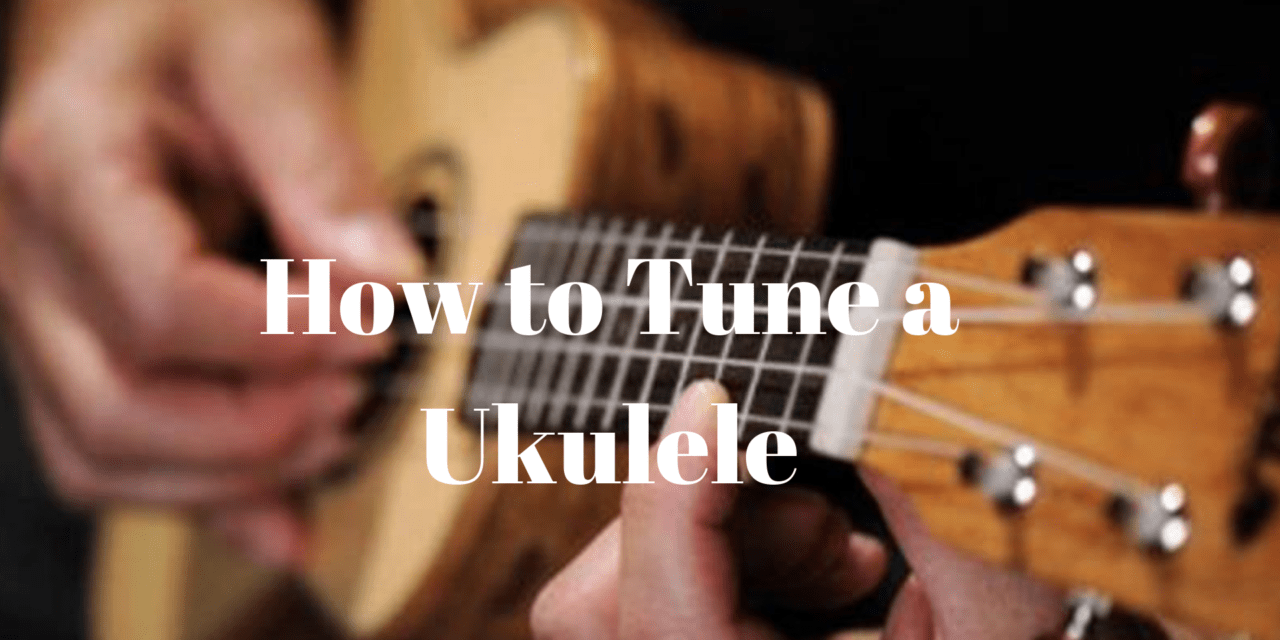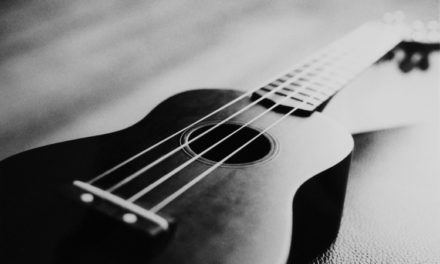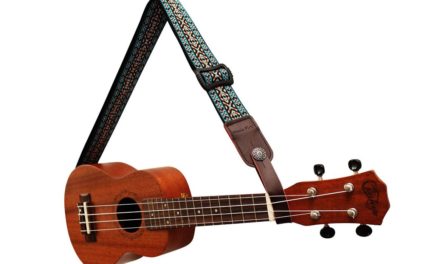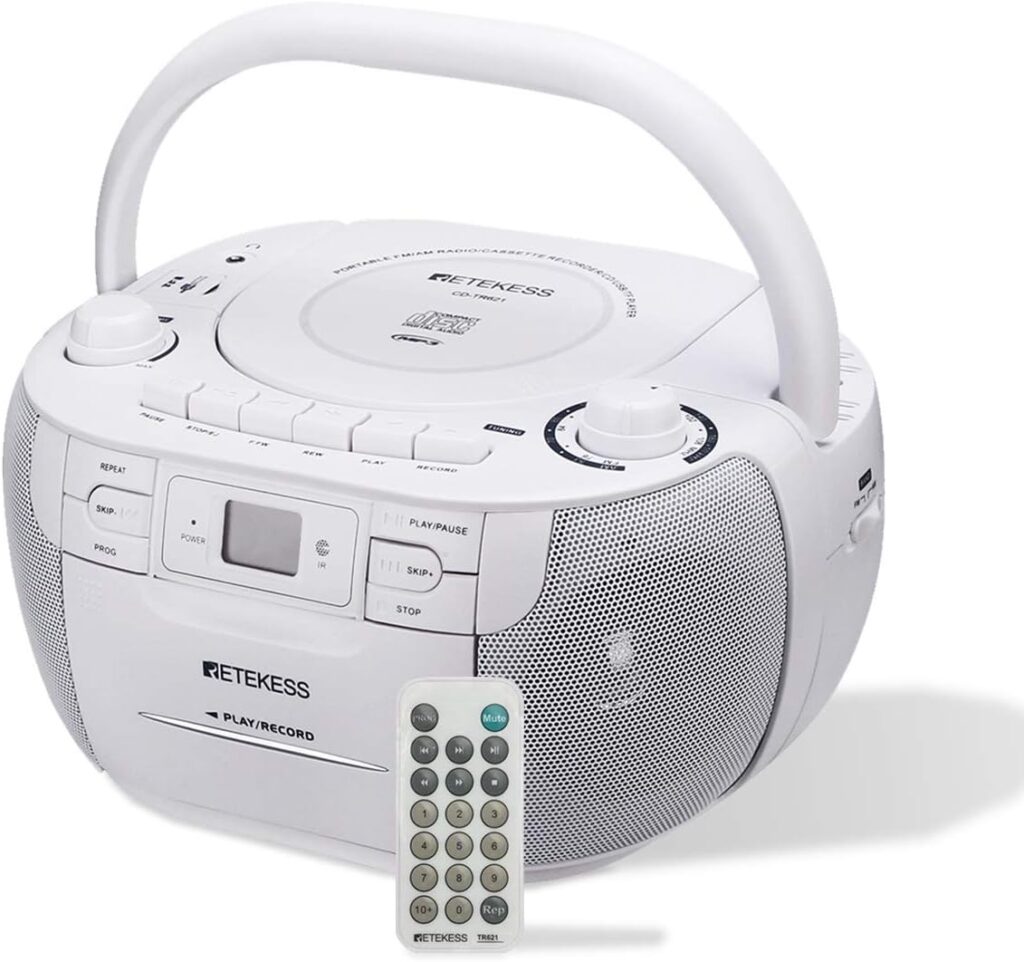No matter what string instrument you play, One of the first things you need to learn is to tune it, this is also true for Ukuleles. Ukulele tuning is a must if you want it to sound good. In this article, a step-by-step guide on tuning a ukulele for beginners. After reading this, you will find uku tuning easier than you though.
Understand the Notes — Standard Tuning:
The ukulele, no matter soprano, concert or tenor, is typically tuned to the notes G, C, E, and A. This has been the “standard” since the advent of the internet. Before the internet, you could find people who tune their ukulele to A, D, F#, B or even fiddle tunings like A, D, A, D or G, C, D, G. But these are for advanced players, if you are a beginner, it is good to stick to standard tuning.
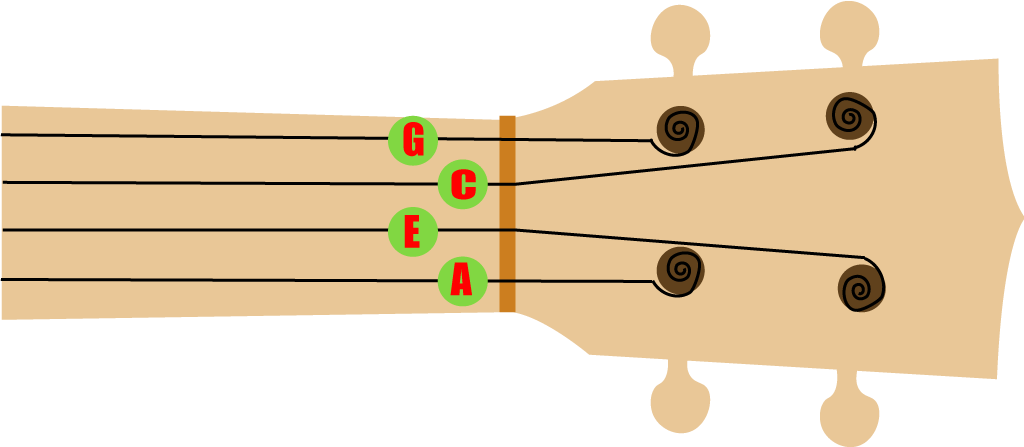
If you have a Baritone Ukulele, tuning will be different, notes for each strings are:
- 1st string is “E”
- 2nd string is “B”
- 3rd string is “G”
- 4th string is “D”
Tune with Piano
Most tuning books or videos use G4, C4, E4, A4 as the standard ukulele tuning. The fours behind the letters represent the octave that you will find on the piano. If you have a keyboard or a piano, C4 is known as middle C. If you tune your second string to match middle C, then third string to the E above middle C, and forty string to the A above middle C, and last, the first string to the G above middle C, you will be in what is known as standard ukulele tuning.
Here’s a good illustration of how to tune a ukulele with a piano from The Uke website.

Tune with Tuner
So what do you do if you don’t have a piano? A chromatic tuner is actually the easier way to tune your ukulele. A chromatic tuner is a device that detects the pitch of a note as you pluck a string of the ukulele. With the aid of a chromatic tuner, you can quickly identify if you are sharp or flat (that is to say “too high” or “too low” in pitch) relative to the desired note.
The 3 most popular tuners are clip-on tuners, ukulele tuning apps, or traditional hand held tuners. We recommend clip-on tuners, like the ones made by Snark, because they are accurate and can tune using the strings vibrations, which is great if you are in a crowded or noisy place.
Be careful about some of the free tuner apps, they are not always accurate. A good and free tuner app for iOS and Android is by GuitarTuna.
Make Sure To Tune The Right Note
A common mistake is that people will use a tuner and think their ukulele is in tune, but it still sounds bad. This usually happens because they tuned the wrong note.
When your tuning the 1st string, the “A” note, make sure the tuner says “A.” Sometimes people will tune the 1st string and get the arrow to the center of the display, but the note will read “Ab” or “A#” or “G” or “B.” If this happens, even though you think you tuned the note correctly, the ukulele will sound off.
So, always double check to see if the tuner says exactly as the notes should be, it may take sometimes for the adjustments, but that’s the fundamental, you have to get it right.
Can’t get it in tune?
If you have an older ukulele or a brand new one that hasn’t been setup properly it can occur that you can’t seem to get your ukulele in tune at all. This can probably get resolved by simply tightening the screws of the machine heads a little bit. Another reason can be that the strings aren’t put on correctly, take a look at the “change ukulele strings” guide to see how it’s done correctly.

